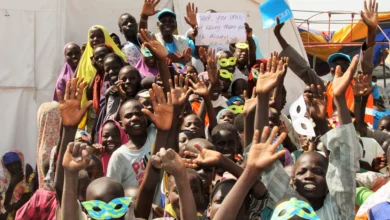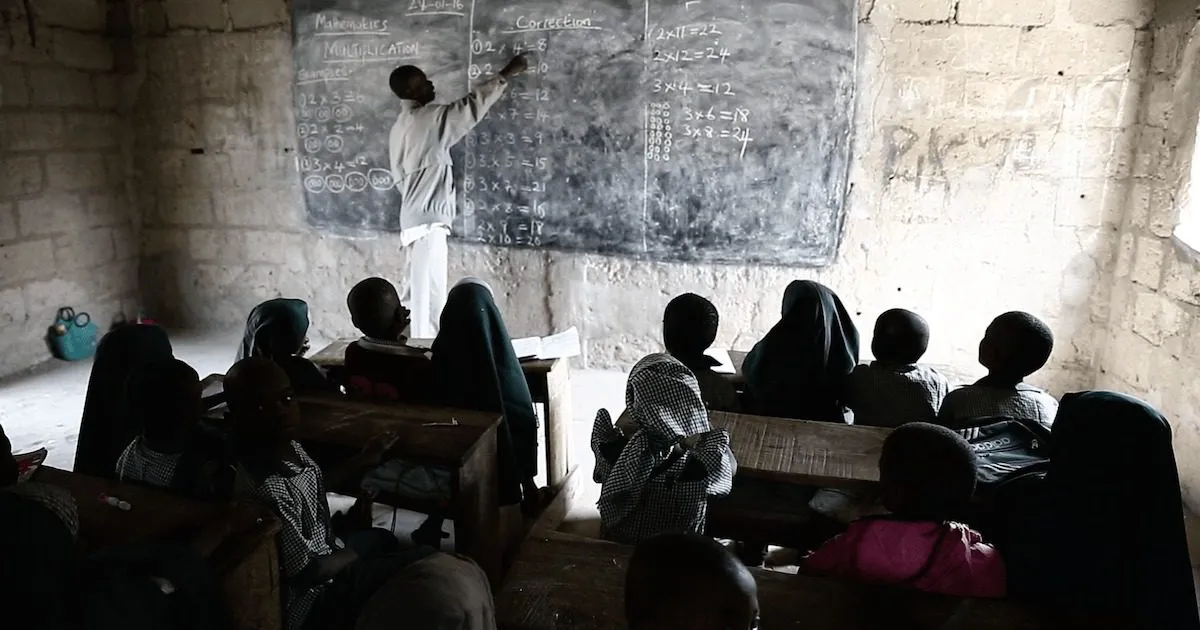Teenage Siblings Electrocuted in Lagos State: Key Child Safeguarding and Protection Lessons to Note

Source: Punch Newspaper
Story:
In a heartbreaking incident that underscores the urgent need for improved child safety measures, two teenage siblings, aged 13 and 15, tragically lost their lives after stepping on an exposed electricity cable in the Barracks area of Satellite Town, Lagos State. The exposed cable, belonging to the Eko Electricity Distribution Company, had fallen to the ground on a Saturday afternoon, and efforts to fix it were unsuccessful. The following day, as the siblings were heading to a nearby shop, they accidentally stepped on the cable and were electrocuted. Despite immediate efforts to revive them, the children could not be saved.
This incident is a stark reminder of the critical importance of safeguarding our children from preventable dangers in their environment.
SENSES (Child Safeguarding and Protection Principles):
The tragic deaths of these teenagers highlight several key principles of child safeguarding and protection:
- Awareness and Prevention: It is crucial for communities to be vigilant about potential hazards in their environment. Awareness campaigns and prompt action to address safety issues can prevent such tragedies.
- Emergency Response: Effective and timely emergency response mechanisms should be in place to deal with incidents involving children. This includes training community members in basic first aid and emergency procedures.
- Infrastructure Safety: Regular maintenance and timely repair of infrastructure, especially those involving utilities, are essential to ensure the safety of residents, particularly children.
STONES (Child Safeguarding and Protection Lessons for Primary and Secondary Parents, Government, and Society,):
For Government:
- Regulation and Oversight: Ensure strict enforcement of safety regulations and regular inspections of public utilities to prevent exposure to dangerous situations.
- Infrastructure Investment: Invest in the maintenance and upgrade of public infrastructure to prevent accidents because of negligence or disrepair.
- Emergency Services: Strengthen emergency response services and ensure they are well-equipped to handle incidents involving children.
For Primary and Secondary Parents:
- Education and Vigilance: Educate children about the dangers in their environment and encourage them to report any hazards they encounter.
- Active Monitoring: Regularly monitor and assess the safety of areas where children play and travel, taking proactive steps to mitigate risks.
- Home Safety: Ensure that the home environment is free from dangers such as exposed wires, unsecured firearms, and harmful substances.
For Society:
- Community Responsibility: Foster a sense of community responsibility where residents look out for each other’s children and report potential dangers.
- Public Awareness Campaigns: Organize community events and programs to raise awareness about child safety and preventive measures.
Conclusion:
The deaths of the two teenagers serve as a poignant reminder of the vital need for rigorous child safeguarding and protection measures. It is a collective responsibility that involves the government, parents, and society at large. By being vigilant, proactive, and committed to safety, we can create a secure environment for our children, ensuring their well-being and preventing such tragic incidents in the future.
Source of Image: iStock by Getty Images





